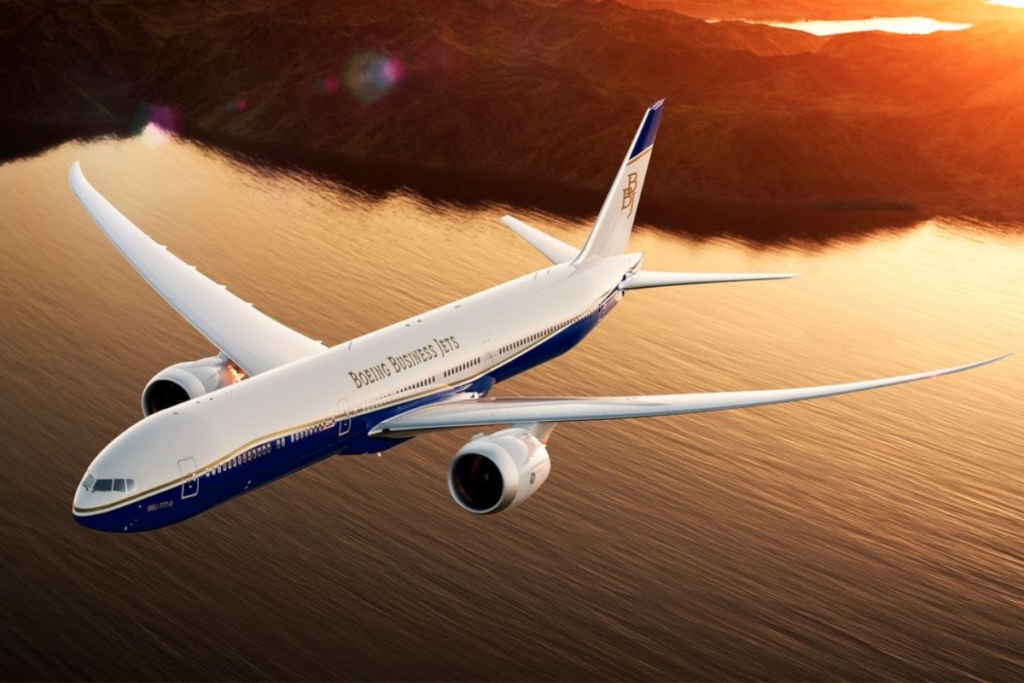On Monday, Boeing announced that it had temporarily halted flight tests of its 777X aircraft. After discovering damage in one of the wide-body jet’s structural components, they did this. The company emphasized that this pause is a precautionary measure to investigate and assess the issue thoroughly.
What Is Holding Up the 777X?
Boeing announced it discovered damage to a specialized component during scheduled routine maintenance. This component is located between the engine and the main structure of the airplane. This part, which is crucial to the integrity of the aircraft, prompted immediate action from the company.
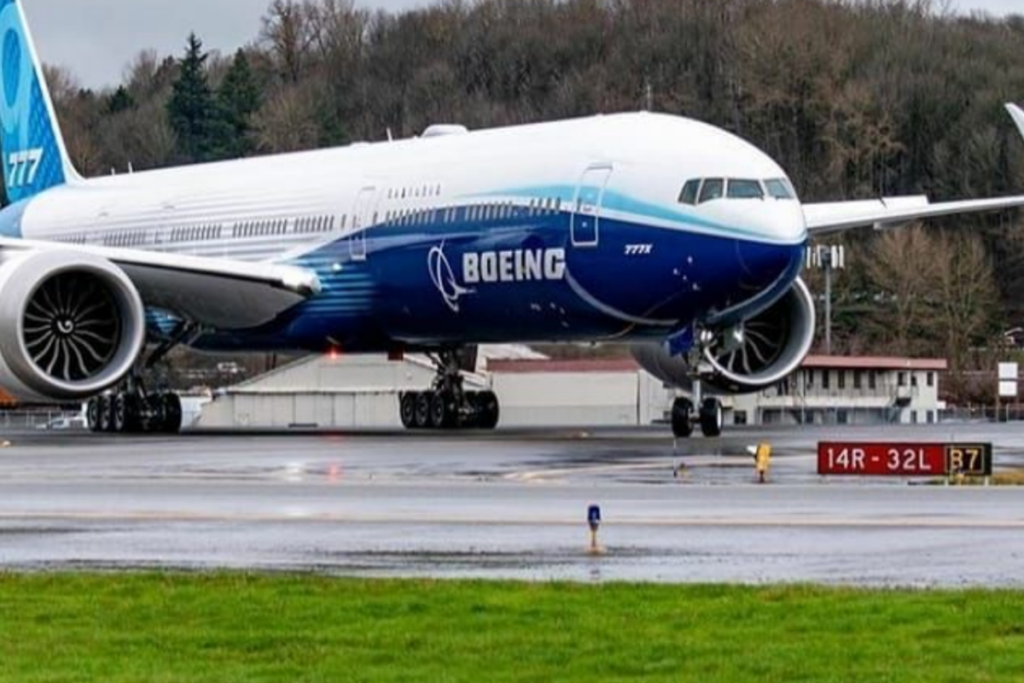
As a preventive measure, Boeing has grounded all three additional 777-9 airplanes in its test fleet. The company wants to conduct further inspections and ensure safety. It also confirmed that no flight tests were planned for the other grounded aircraft.
ALSO READ: Boeing’s New Outsider CEO Ortberg Assumes Leadership: He Is Starting on the Factory Floor
How Is Boeing Fixing the 777X Issue?
Boeing said, “Our team is in the process of replacing the part. We are also documenting any insights gained from the component. We will resume flight testing once the replacement is complete and the aircraft is fully ready.”
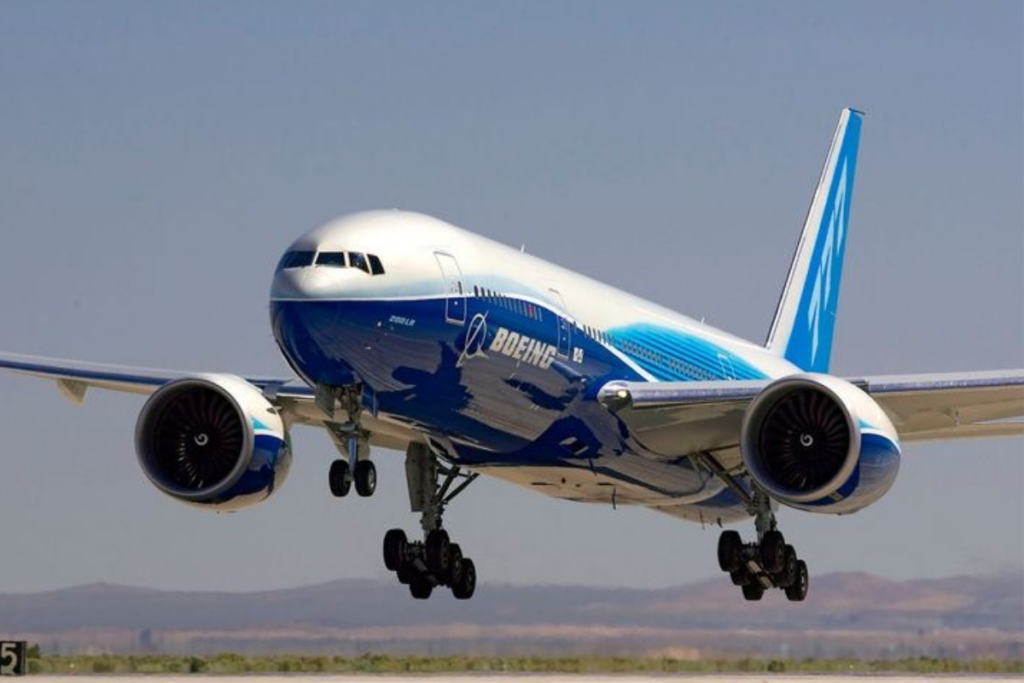
The company also mentioned that it has notified the Federal Aviation Administration (FAA) and its customers about the situation. According to Boeing’s website, there are currently 481 orders for the 777X model.
Will the Boeing 777X Problem Cause a Delay in its Delivery?
It is not yet sure if the grounding and the problem will delay the certification and delivery of the new wide-body jetliners. The aircraft are scheduled for 2025 but are already about five years behind schedule. Boeing started flight tests with the FAA in July, a significant step forward.
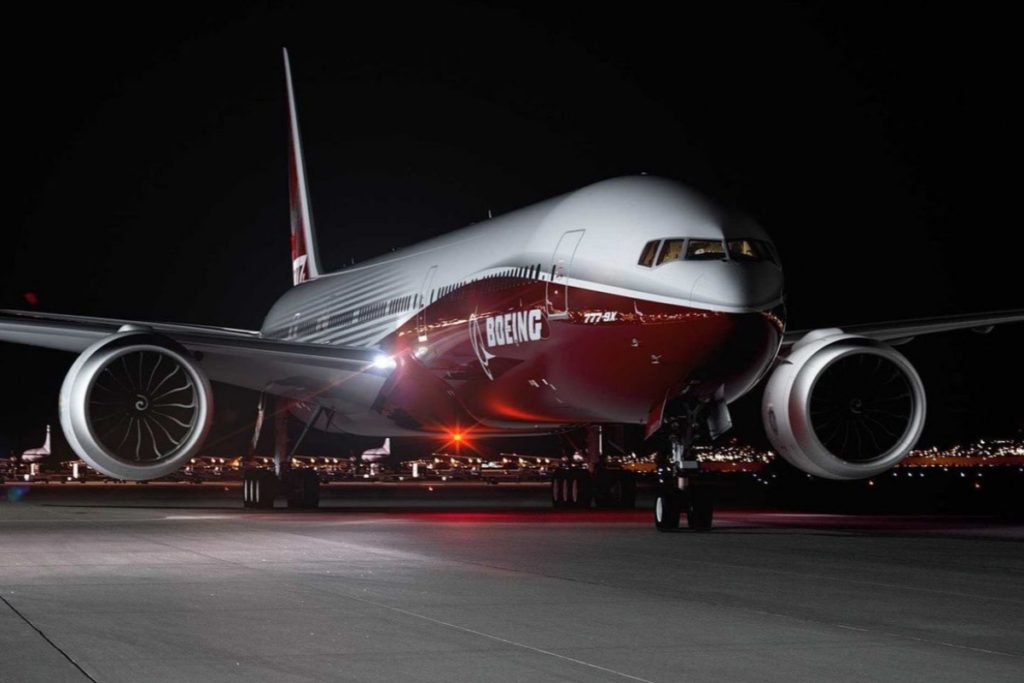
The news reported by Air Current comes as Boeing’s new CEO, Kelly Ortberg, and other company leaders are working to overcome a safety issue that began earlier this year with a door plug failure.
What Is a Boeing Assessment Test?
A Boeing assessment test is a series of exams that some people must take when applying for a job or looking to advance within the company. These assessment tests check whether the people vying for a position or job have the necessary skills and abilities.
For example, there are tests to see how well a person thinks logically, solves problems, and makes decisions. Technical roles might require tests on specific tools or engineering principles. There are also assessments to see if a person’s personality and work style fit with Boeing’s culture.
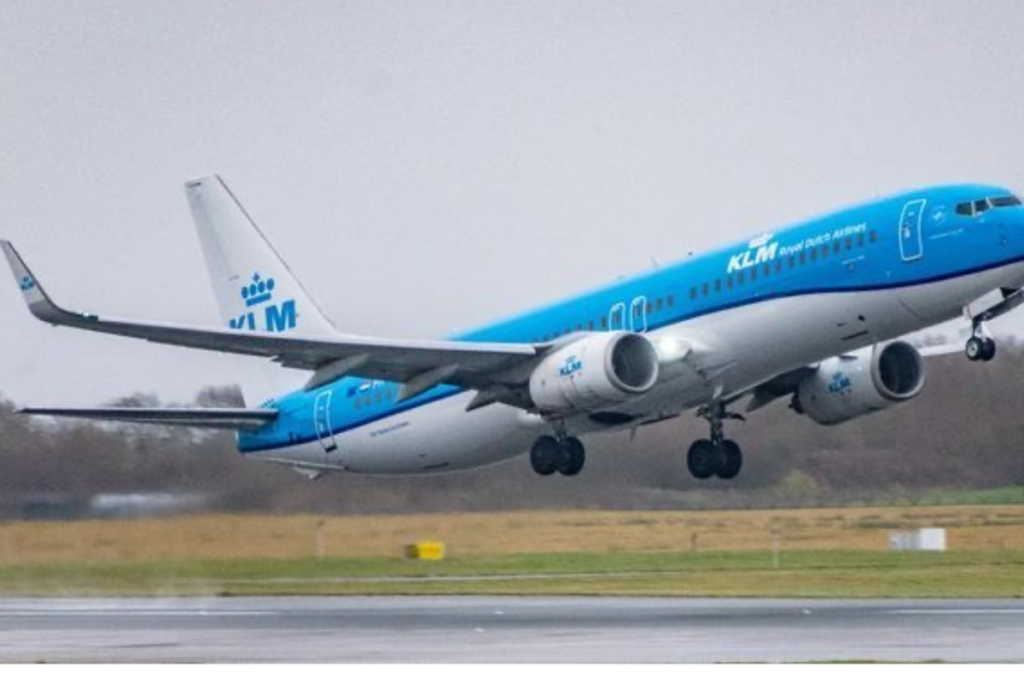
Some tests present work-related scenarios to help understand how a person would handle different challenges on the job. For technical roles involving hands-on work, there might be tests on mechanical concepts and related tools. Passing these tests is essential to getting hired or promoted at Boeing.
ALSO READ: Airbus and Boeing Face Supply Chain Concerns as Orders Dwindle at this Year’s Largest Air Show
What Are the Five Types of Tests Boeing Does on Its Products?
Boeing performs several vital tests on its products to ensure they are safe and work well. They perform structural tests to check if parts like wings and landing gear can handle the forces they’ll face during flights. Flight tests involve flying the aircraft in different conditions to see how it performs. Fatigue tests simulate years of use by repeatedly stressing the components to find any possible weaknesses that can occur over time.

Environmental tests expose the aircraft to extreme temperatures, humidity, and pressure, helping ensure the plane can work well in various climates. Finally, avionics and systems tests thoroughly check all the electronic systems on the aircraft to ensure they operate correctly and safely. These Boeing tests are essential for ensuring Boeing’s products meet high safety and performance standards before customers can use them.
What Is Boeing’s Problem-Solving Model?
Boeing’s Problem-Solving Model is a step-by-step approach to dealing with issues. First, they identify, define, and understand the problem. Then, they gather and analyze data to determine what is causing the issue. Next, they come up with possible solutions and evaluate each one.

After choosing the best possible solution, they implement it and check if it works. Finally, they review the results and make any necessary changes. This approach helps ensure that problems are solved effectively and efficiently.
What Is So Special About the 777X?
The Boeing 777X is special for several reasons. It will be the world’s largest and most efficient twin-engine jet. It uses the latest technology, including new fuel-efficient engines. The aircraft is also designed to offer more space for passengers and cargo.

The 777X has unique wings with tips that fold up. This feature allows it to have longer wings for better efficiency while fitting at regular airport gates. It will be more fuel-efficient and cost less to operate than older models. The inner part of the aircraft will have a more spacious and comfortable cabin with more oversized windows and quieter interiors. The aim of this is to give passengers a better flying experience.
You Might Also Like:
Why Walgreens and CVS Are Struggling — and Their Plans to Turn It Around
Harris Advocates for Expanded Child Tax Credit of Up to $6,000 for Families with Newborns
China’s Bond Market Intervention Signals Growing Concerns Over Financial Stability
Goldman Sachs Lowers U.S. Recession Odds to 20% Following Retail and Jobs Data
Incoming CEO Brian Niccol Faces the Challenge of Fixing Starbucks’ Mobile App Issues

